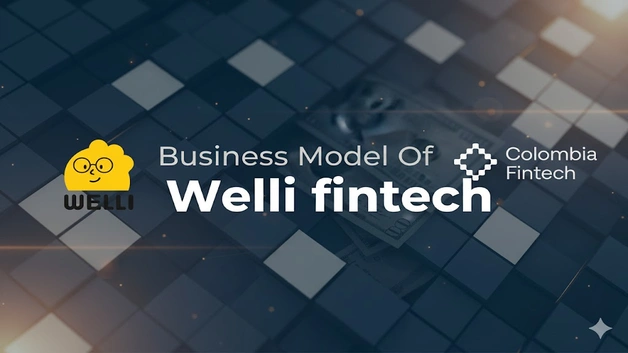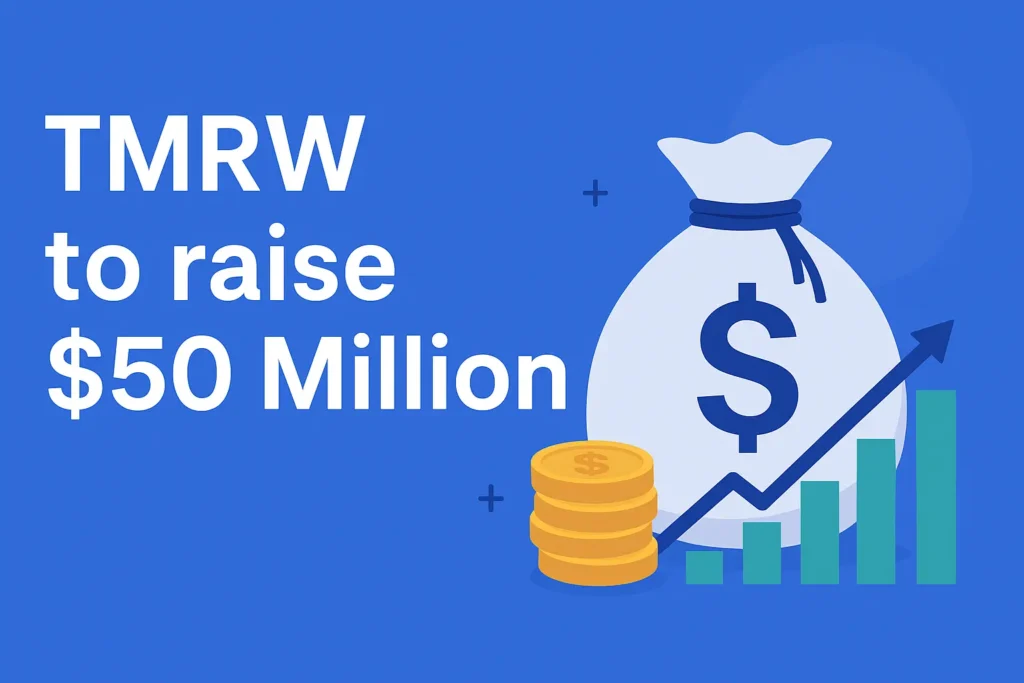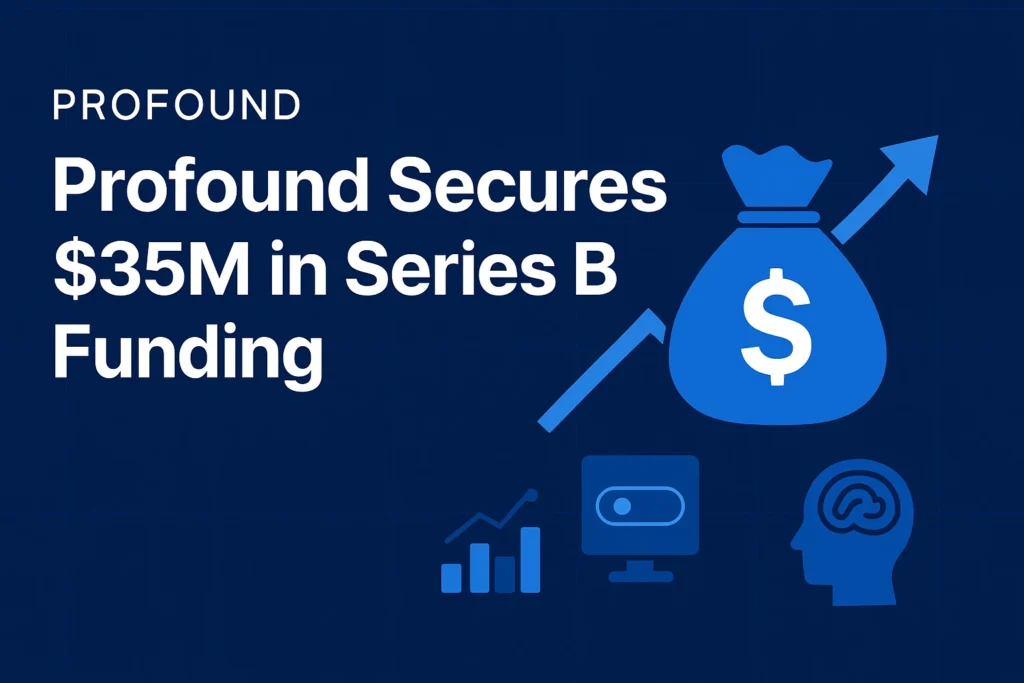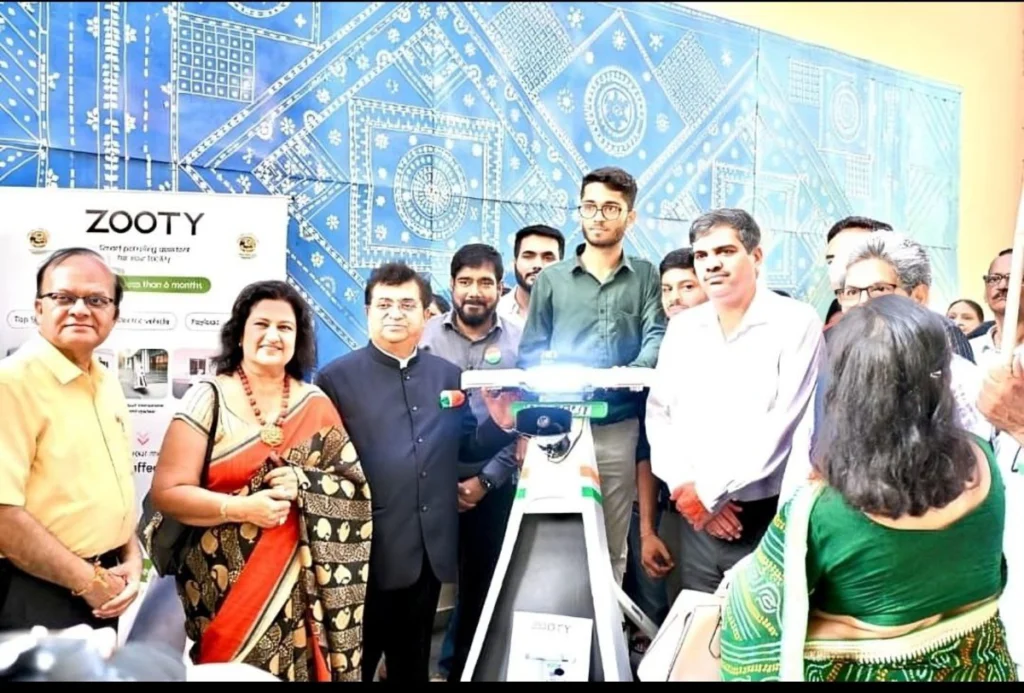| Category | Details |
|---|---|
| How Welli Fintech Started | Business Model Of Welli Fintech: Founded in 2022 by Felipe Jaramillo and Felipe Gómez in Bogotá, Colombia, the company emerged to solve a massive problem: one-third of Colombian patients were canceling or delaying necessary medical procedures because they simply couldn’t afford to pay upfront. Traditional banks weren’t touching healthcare financing with a ten-foot pole, leaving a gaping $60 billion opportunity across Latin America’s out-of-pocket medical market. The founders built technology that integrates directly into clinic systems, delivering instant loan approvals right during medical consultations—no paperwork nightmares, no weeks-long waits. |
| Present Condition of Welli Fintech | Talk about explosive growth! In just three years, the platform now partners with 1,500 clinics across multiple medical specialties and has financed over $12 million in treatments. They’re processing over 2,000 medical procedures monthly through their financing system. The momentum reached fever pitch in 2025: a $25 million Series A in June led by Costanoa Ventures, Animo VC, and Crestone VC, followed immediately by a massive $75 million structured debt facility from Community Investment Management in October. That’s over $100 million raised in six months, positioning them as the dominant healthcare financing infrastructure player in Colombia with aggressive regional expansion underway. |
| Future of Welli Fintech and Industry | The trajectory of Welli Fintech looks insane. Management plans to serve 20,000 additional patients while expanding into multiple Latin American markets beyond Colombia. They’re developing extended loan term products for higher-cost procedures, building savings products to help patients establish credit histories, and deepening partnerships with specialized medical providers in fertility, aesthetics, and chronic disease management. The broader Latin American healthcare financing market is projected to grow at 5% annually as aging populations drive chronic disease prevalence affecting 80% of elderly populations. With healthcare representing the region’s fastest-growing expenditure category yet remaining systematically underfinanced by traditional banks, specialized platforms are capturing disproportionate value. |
| Opportunities for Young Entrepreneurs | Healthcare financing infrastructure is wide open across emerging markets! The model proves that vertical-specific fintech targeting essential services (not discretionary retail) creates sustainable economics with measurable social impact. Young founders should eye similar financing gaps in education, housing, and agriculture where populations need credit for life-changing services but traditional banks won’t serve them. The key insight: integrate directly into provider workflows rather than building standalone lending apps. Point-of-sale financing during service delivery moments creates network effects impossible for generic lenders to replicate. Impact investors like CIM actively seek entrepreneurs solving access problems through responsible lending innovation. |
| Market Share of Welli Fintech | Welli Fintech operates as the leading healthcare financing platform in Colombia, though exact market share percentages aren’t publicly disclosed yet. With 1,500 clinic partnerships and over 2,000 monthly procedures financed, they’re processing a significant portion of Colombia’s private medical procedure financing. The addressable market is massive—Latin America’s healthcare financing gap represents $60 billion in out-of-pocket medical expenditure, with Colombia alone showing approximately one-third of patients unable to access necessary care due to financing unavailability. Early-mover advantage in provider relationships creates switching costs as clinics integrate the technology into daily operations. |
| MOAT (Competitive Advantage) | The competitive moat centers on provider network effects and proprietary underwriting models. Unlike generic BNPL platforms, the system integrates directly into clinic point-of-sale systems, creating workflow dependencies where providers rely on instant cash transfers while patients gain seamless access during consultations. Each transaction improves underwriting accuracy through expanded datasets incorporating medical procedure outcomes alongside traditional credit variables—data competitors can’t replicate without similar provider partnerships. Additionally, CIM’s structured debt facility provides capital advantages unavailable to smaller competitors, enabling aggressive market expansion while maintaining responsible lending standards that build regulatory goodwill across Latin American jurisdictions. |
| How Welli Fintech Makes Money | Revenue flows from interest charged on medical procedure loans extended to patients. The business model works both sides: patients receive instant financing for necessary healthcare, while providers get immediate cash transfers eliminating payment default risk and cash flow constraints. The company earns net interest margin—the spread between cost of debt capital (like the CIM facility) and interest rates charged to borrowers. This differs from traditional BNPL models because medical procedures represent essential rather than discretionary spending, creating fundamentally different repayment behaviors and risk profiles. The structured debt facility from CIM enables loan origination volume scaling while maintaining capital efficiency, as the platform doesn’t need to hold all loans on its own balance sheet. |
I’m Araib Khan, an author at Startups Union, where I share insights on entrepreneurship, innovation, and business growth. This role helps me enhance my credibility, connect with professionals, and contribute to impactful ideas within the global startup ecosystem.




